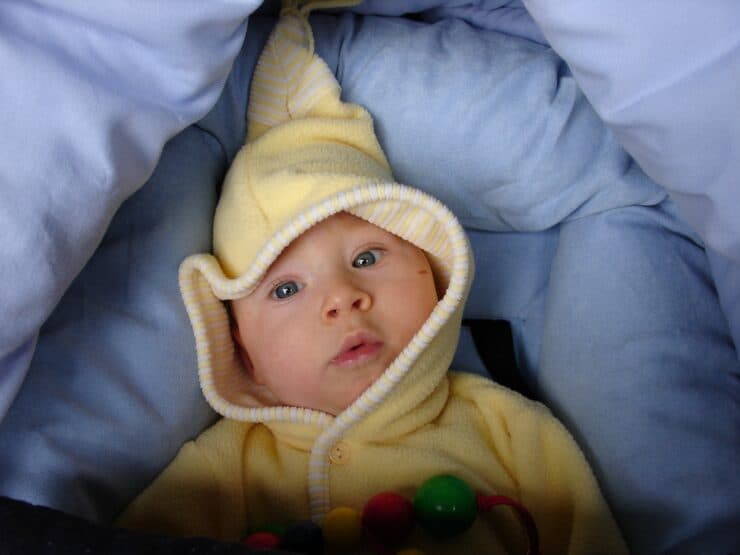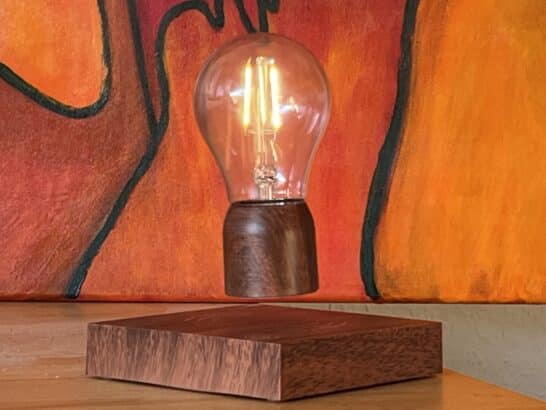Sleep problems are very common in (small) children.
This is considered normal in the first year of life, as the sleep-wake cycle is still developing and waking up at night is important for feeding.
While toddlers tend to struggle with sleeping through the night, children aged 3-4 years and older mainly have difficulties falling asleep.
Once at school age, nightmares or night terrors are more likely to occur.
Even children who have already found a stable sleep-wake cycle will develop periodic sleep problems, which may indicate acute illnesses, developmental changes or emotional stress.
Sleep disorders are separate from “normal” sleep problems, in that they occur regularly, frequently and are stressful for the affected child.
Distinctions are made between sleep onset disorder/middle-of-the-night insomnia, problems with sudden wake-up (e.g. night terrors) and daytime sleepiness.
By definition, a sleep disorder cannot be diagnosed in the first year of life.
From the age of two, a sleep onset disorder is diagnosed if falling asleep is only possible with extensive help from parents/caregivers and if it takes more than 30 minutes to fall asleep at least 5 times a week for more than a month. A child is diagnosed with middle-of-the-night insomnia if they wake up at least 5 nights a week for at least a month and cannot fall asleep again within 30 minutes without help.
The Situation With PCH2 Children
Sleep disorders are not uncommon in children with physical or mental disabilities. PCH2 patients also regularly struggle to fall asleep and stay asleep. This is certainly attributable to the children’s frequent restlessness, pain (e.g. due to reflux), breathing problems or the inability to adjust their position during sleep.
Therapy
Sleep routines and, if necessary, sedatives can be used to tackle sleep problems, which are very stressful for both the children and their families. However, there is no cure-all.
Many families report success using chloral hydrateas a P.R.N. medication. If P.R.N. medication is required frequently, the use of long-term medication should be considered together with the attending physician. This can also include chloral hydrate or diazepam, but must be discussed and tried out for each individual case.
Tips to Try Out
- Establish a sleep routine (darken the room, read a story or sing a song).
- Support your child with existing breathing problems (ventilation, inhalation, monitoring breathing during sleep).
- Adjust position during the night if necessary.
- A lack of sleep has a major impact on the health and psyche of caregivers, so seek help if possible and take turns.
- In consultation with the attending physicians, determine individual long-term and P.R.N. medication for severe restlessness and sleep disorders.
Scientific Background
Data From Literature
- Kraus de Camargo, Olaf (2008), Management and Treatment of Sleep Problems in Children with Severe Disabilities.
Natural History Study from 2014
Sleep onset disorders occurred in almost all (31 out of 33) children, but in 12 cases they improved from a mean age of 5 years. The children needed on average 70 minutes to fall asleep.
Middle-of-the-night insomnia occurred in 29 of 33 children and improved again in 6 cases at the age of 5.5 years. On average, the children woke up 3 times per night.
Medication such as phenobarbital (successful in one case), chloral hydrate or diazepam was used in an attempt to manage the sleep disorders, but this rarely led to any significant or lasting improvements.
Natural History Study from 2023
Sleep disorders occurred in almost all children (61 out of 65) from a mean age of 6 months. They stopped only in 5 cases at a mean age of 8.5 years.
Most of the sleep disorders occurred daily. Most of the children (50) experienced both a sleep onset disorder and middle-of-the-night insomnia, 6 children only had middle-of-the-night insomnia and 4 children only had a sleep onset disorder.
The parents of 35 children stated that their children would wake themselves up at night due to their movement disorders. Overall, there was no change in sleep problems with age.
This entry was written to the best of our knowledge based on the reported experiences of parents of affected children. In addition, currently available data from the 2014 and 2023 Natural History Studies of PCH2 and from general medical literature has been included. It is not a substitute for consulting a medical professional. PCH2cure assumes no liability in this respect.
- Kraus de Camargo, O. (2008) Behandlung von Schlafstörungen bei Menschen mit schwersten Behinderungen. [Management and Treatment of Sleep Problems in Children with Severe Disabilities.] Leben pur-Schlaf S.84-101
- Natural History Study from 2014: Frölich S. Natürlicher Verlauf der Pontocerebellären Hypoplasie Typ 2 [Dissertation to Acquire the Academic Degree Doctor of Medicine] Tübingen: Eberhard-Karls-Universität; 2014

